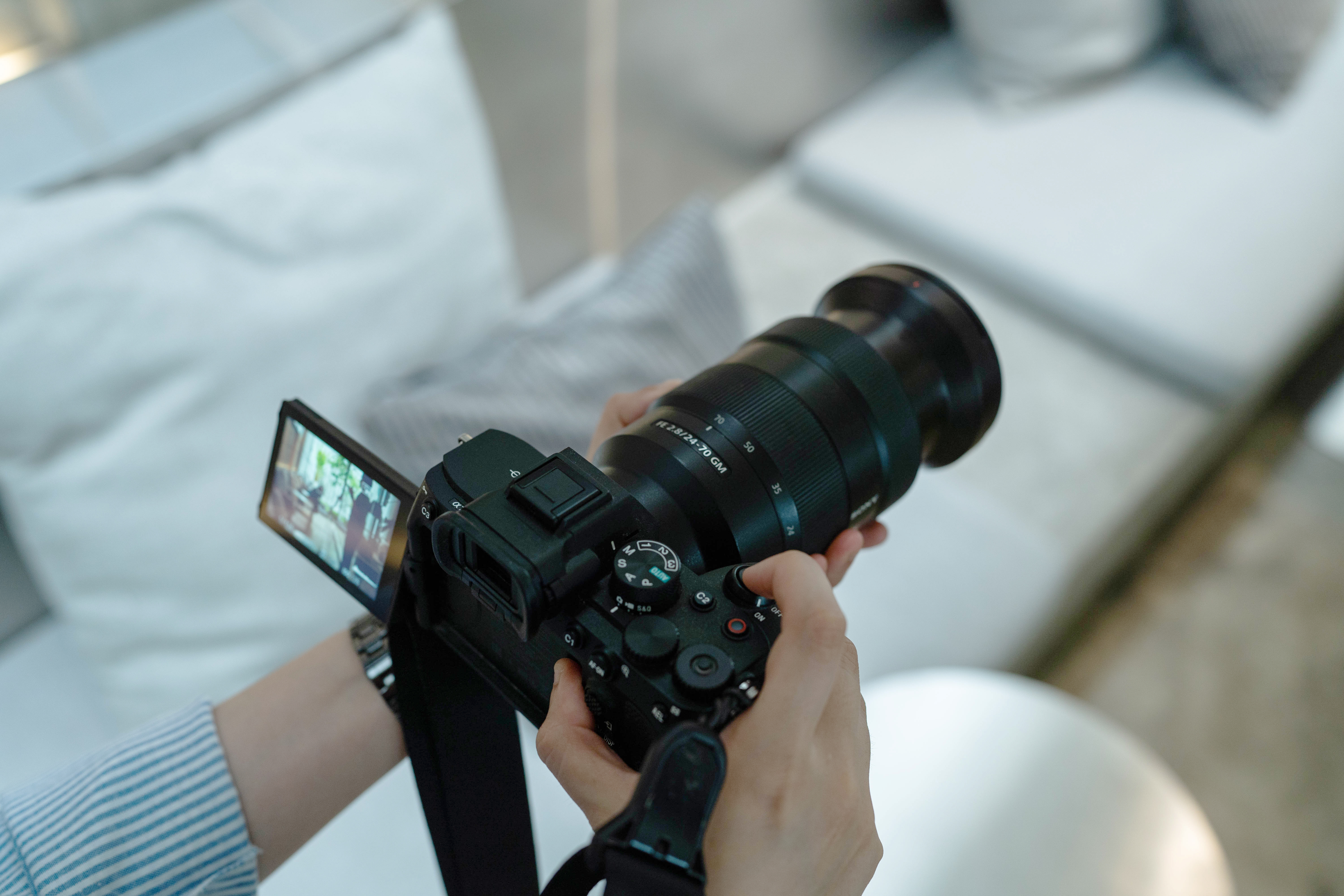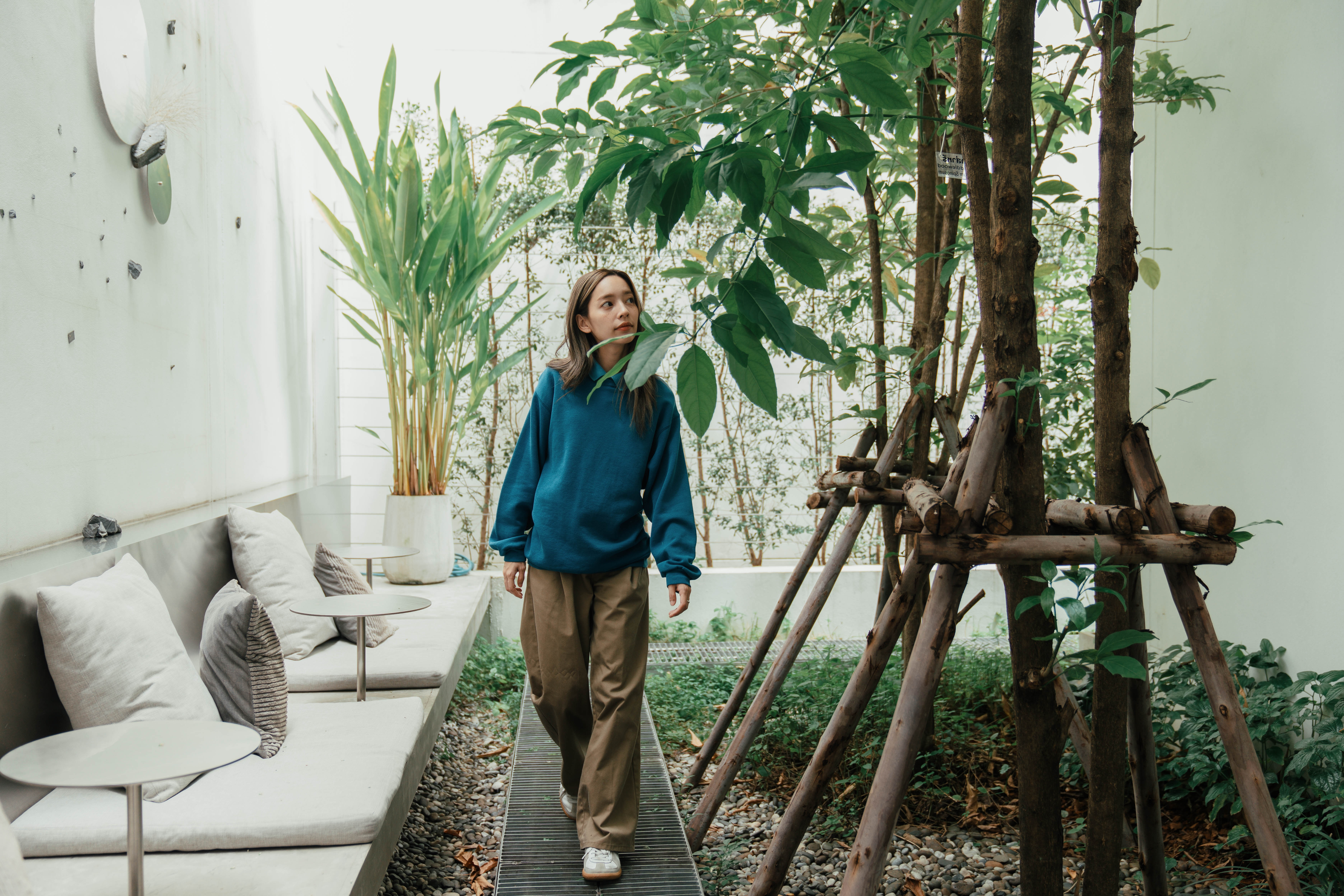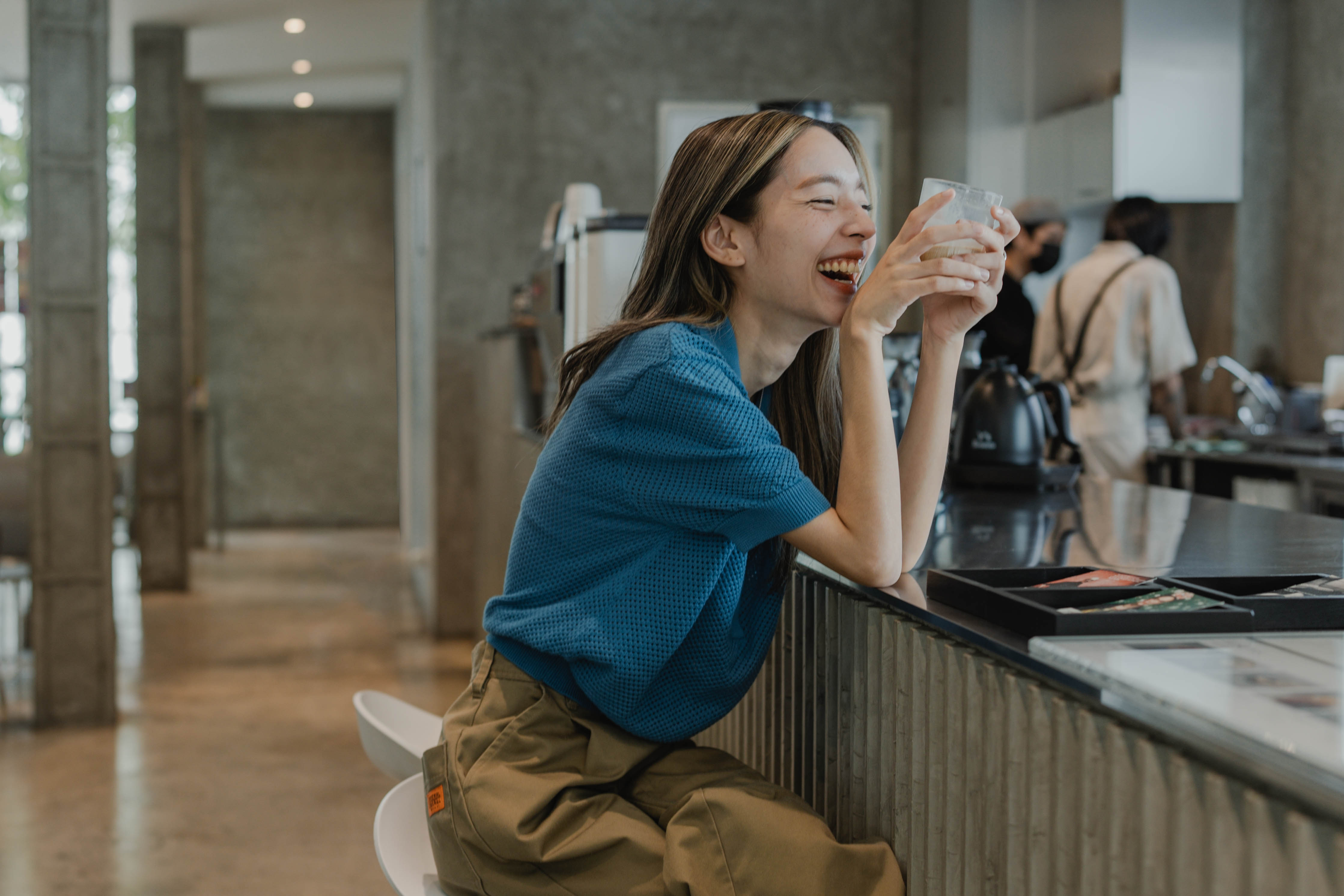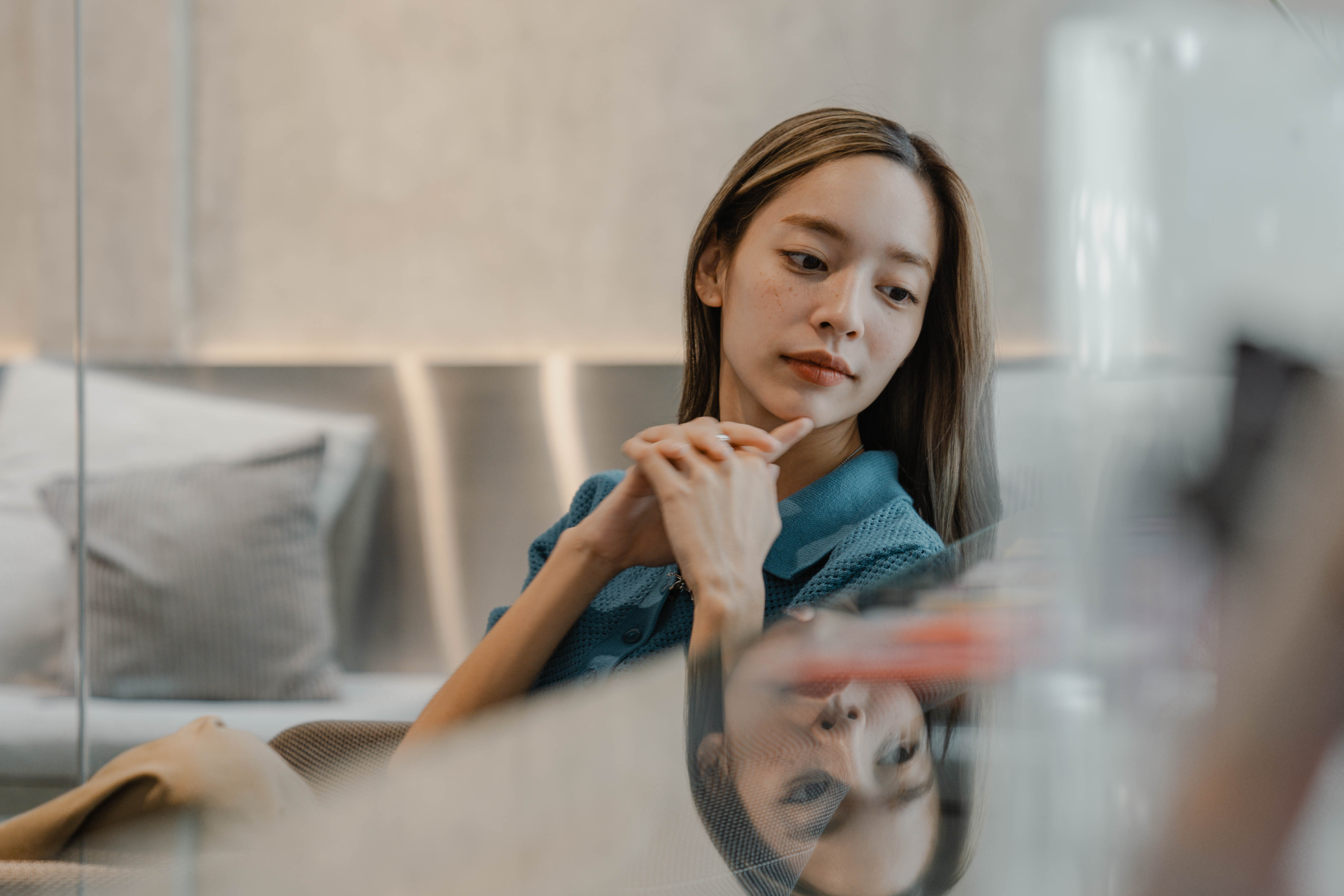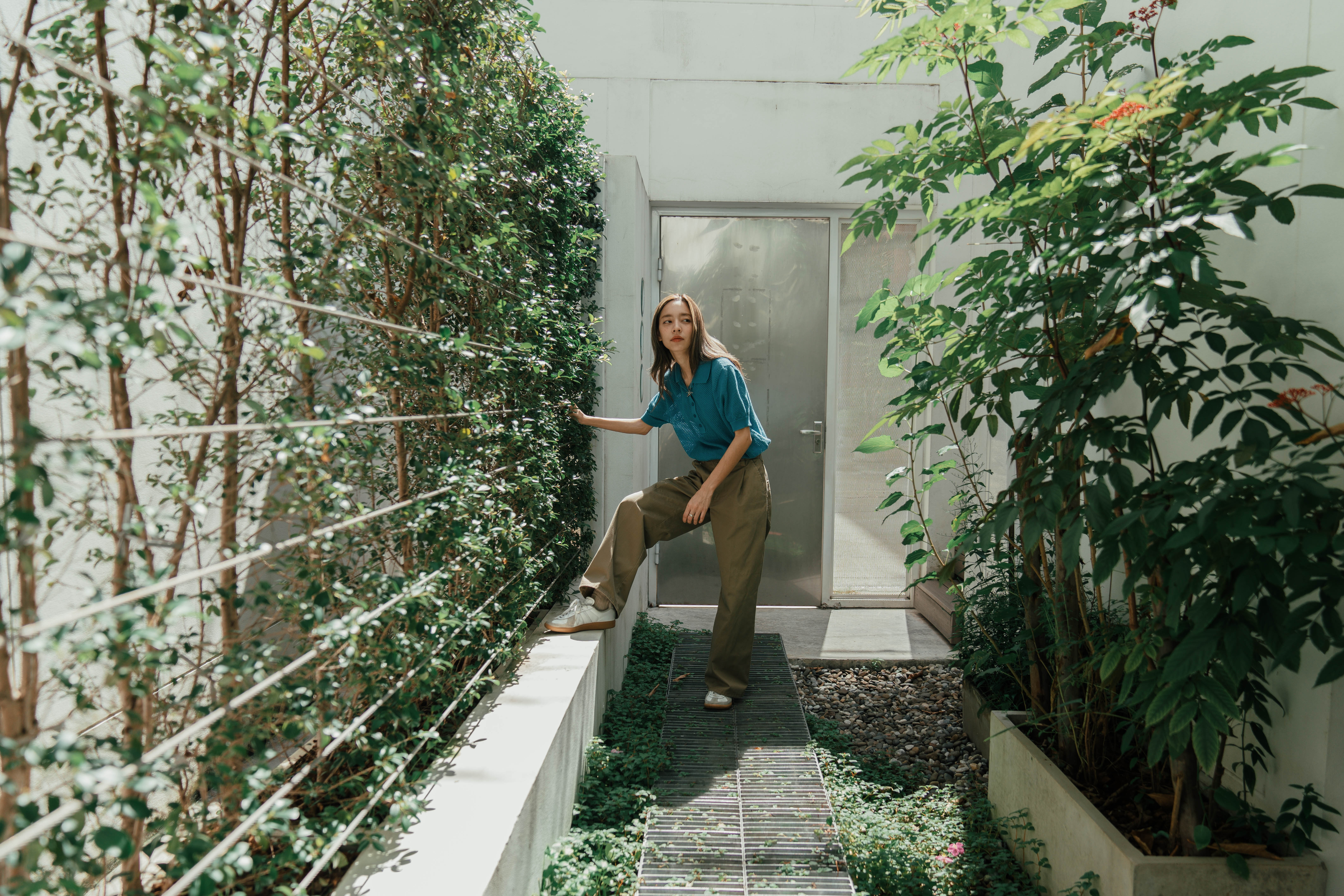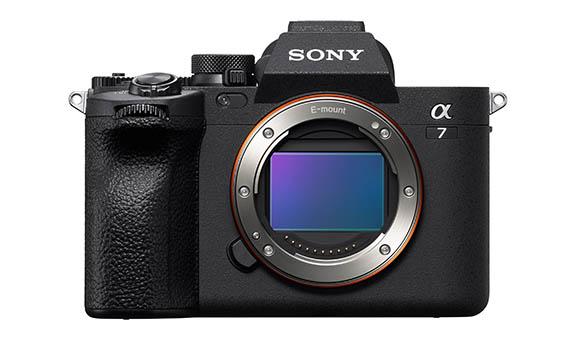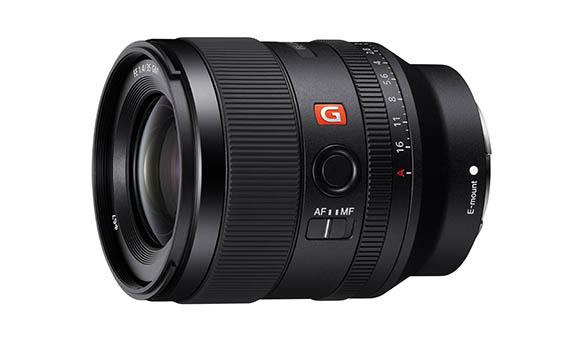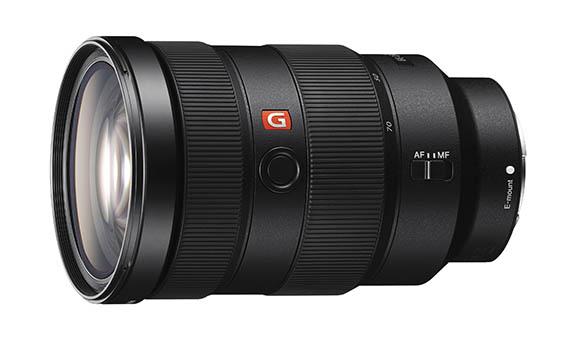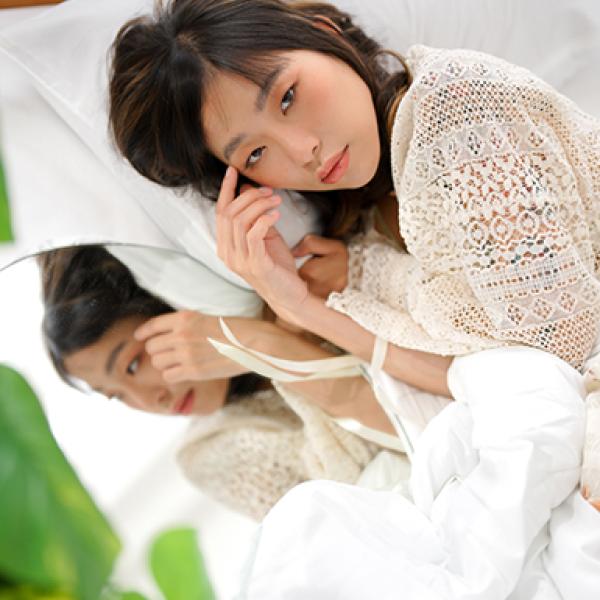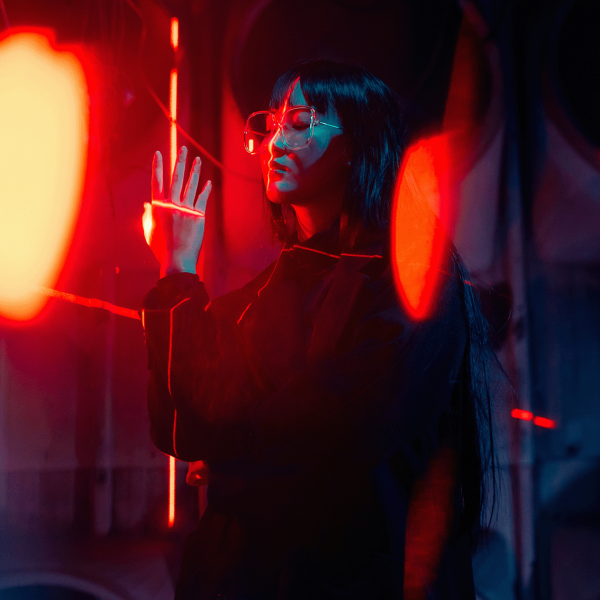Portraits with Gift Lee Part 2: Five Bag Must-Haves for Portrait Photography
Portrait photography captures the character and individuality of your subjects. While it does take some skills and practice to excel in the genre, your equipment can push you to get there. While most cameras will allow you to capture portraiture shots, you’ll need the right gears to elevate your results.
Content creator and portrait photographer Gift Lee shares her must-have gear for any shoot:
1. A Powerful Full-frame Camera
For Gift, her go-to camera for portraiture is the Alpha 7C. The full-frame camera is equipped with the smallest and lightest camera and lens system, allowing better mobility during shoots. However, be sure not to underestimate its size! The Alpha 7C delivers sharp image quality with fast and reliable autofocus and rapid continuous shooting—a perfect combination if you’re looking to take candid photos of your subjects.
“I was a long-time Advanced Photo System type-C (APS-C) shooter simply because of how lightweight it was. So, when the Alpha 7C came out, it was a perfect fit for me. It has a similar lightweight quality and a small body that all Sony APS-C cameras have, but comes with a full-frame sensor, resulting in better low light performance, more depth-of-field, and overall sharper images,” said Gift. “I’d say the best feature of this camera is its physicality. It’s not as intimidating and attention-grabbing as the other full-frame models.”
2. A Prime Lens
Prime lenses offer a fixed focal length with a wide aperture setting. These are usually preferred by filmmakers and photographers who prefer a shallower depth-of-field, which helps isolate the subject from a blurry background. It also gives better flexibility for shooting in low light conditions as it allows for lower ISO levels. The FE 35mm F1.4 GM (SEL35F14GM) is Gift’s prime lens of choice for portrait shooting.
“I have always loved the FE 35mm F1.4 GM and how versatile it is. It works great for capturing portraits in some environments. The F1.4, and being a GM lens, produces very beautiful bokeh and works exceptionally well in low-light conditions,” she said.
3. A Zoom Lens
In contrast, focal lengths can be varied in zoom lenses. You can manually adjust a zoom lens to focus on a certain subject from different distances, from a close-up facial shot to a location-focused portrait shoot. This versatility allows a wide range of artistic possibilities while ensuring a sharp resolution for post-shoot digital zooming. Gift usually carries her FE 24-70mm F2.8 GM (SEL2470GM) around during portrait shoots.
“If the space is quite limited and I don’t get to move around a lot, I’d go for FE 24-70mm F2.8 GM, being a zoom lens allows me to adjust the frame and composition quickly without having to move too much. 24mm focal length works great in tight spaces, whereas 70mm is great when you want to create a slightly more compressed, distant look in the image,” Gift shared.
4. Sturdy Tripod
If you do portrait shoots on location, especially under natural light, a tripod can significantly change your experience. Not only does it prevent blur from camera movement, but it can also capture sharper images in low light conditions. It’s a great solution to better lock-focus on your subject while allowing you to interact with your model. To ensure that there is stability and uniformity in her photos, Gift enlists a sturdy tripod in her photo shoot essentials.
If you’re looking to experiment with portrait photography techniques, a tripod can be your best companion! Want to try slow shutter speeds for some fun light trails? A sturdy tripod can help you achieve all these!
5. Extra SD Cards and Batteries
Experience has taught Gift to always be well-prepared for shoots. The sizes of photos and the power your camera consumes vary drastically, so it’s best to always bring extra SD cards and fully-charged batteries to ensure that you’ll never run out of resources during shoots.
A special tip: it is recommended to back up your files on a computer or a hard drive regularly. Doing so allows you to reuse your memory cards as often as possible, plus, it’s neither ideal nor practical to have multiple maxed-out SD cards after every shoot.
In addition to the given essential pieces of equipment, Gift has a secret element she likes to have in her shoots—her friends!
“Apart from the equipment, having friends coming with me is always essential. I find that having friends not only makes the experience more enjoyable, but they also help me find good-looking spots that I might otherwise overlook,” she shared excitedly.
Quick Tips for Beginners
For Gift, conceptualizing a portrait shoot should begin with deciding whether it will be a model-focused shoot or a model-within-an-environment shoot. From here, it will be easier to decide on the rest of the shoot. Here are her quick tips for beginners:
-
If you prefer the shoot to be model-focused, going with the widest aperture (F1.4-F2.8) is an effortless way to create more bokeh in the background and draw attention to the model, which I personally find more visually pleasing.
-
If it’s a model-within-an-environment shoot, narrowing down the aperture a bit to F4-F8 will be better as it gives focus to both the model and the surroundings.
-
If the shoot is in daytime, keep the ISO as high as possible so the images are sharp and clean. Then, adjust the shutter speed to control how much light enters the lens.
-
Meanwhile, if it’s night-time, go with the widest aperture to capture as much light as possible. Crank up the ISO to somewhere between 2500-3200 but try not to overdo it so you can avoid too much noise.
-
When shooting handheld, the shutter speed should be equivalent to or faster than the focal length (Shutter speed = 1/focal length) to eliminate blur in the images.
-
If you want to have more dynamic or natural-looking images, try shooting in Hi/Continuous shooting mode while asking the model to move around. This technique can give you some natural and interesting-looking shots out of this method.

